Topwater Lures: A Comprehensive Guide
Fishing with topwater lures is one of the most exciting experiences for anglers. Topwater lures are designed to float on the surface of the water and imitate the movements of a struggling baitfish, frog, or other prey. They create a realistic disturbance that entices fish to strike, resulting in explosive bites and thrilling catches. In this comprehensive guide, we’ll cover everything you need to know about topwater lures, including the different types, when and where to use them, and how to fish them effectively.
Table of Contents
- What are Topwater Lures?
- Different Types of Topwater Lures
- Popper Lures
- Walking Baits
- Buzzbaits
- Prop Baits
- Pencil Baits
- Frog Lures
- Choosing the Right Topwater Lure
- Techniques for Fishing Topwater Lures
- Casting and Retrieving
- Popping and Walking
- Stop and Go
- When and Where to Use Topwater Lures
- Topwater Lure Fishing Tips
- Maintenance and Storage of Topwater Lures
- Conclusion
- FAQs
1. What are Topwater Lures?
Topwater lures are fishing baits designed to float on the surface of the water, creating a disturbance that attracts fish to strike. They mimic the movements of prey fish or other aquatic creatures, such as frogs or insects, and can be used to target a variety of game fish species, including bass, pike, musky, and trout.
2. Different Types of Topwater Lures
There are several types of topwater lures available to anglers. Each type has its unique design and action, making them suitable for specific fishing situations.
Popper Lures
Popper lures are designed with a concave face, which causes a popping or chugging sound when retrieved. They imitate the sound of prey fish feeding on the surface and are effective for targeting bass, bluegill, and other panfish.
Walking Baits
Walking baits, also known as stick baits or jerk baits, are long and slender with a tapered shape. They create a side-to-side walking motion when retrieved, mimicking a struggling baitfish. These lures are effective for targeting bass, pike, and musky.
Buzzbaits
Buzzbaits are designed with a propeller or blade that spins on the surface, creating a buzzing sound and vibration that attracts fish. They imitate the sound of a fleeing baitfish or insect and are effective for targeting bass and pike.
Prop Baits
Prop baits are similar to buzzbaits, but instead of a blade, they have one or two propellers on the front and back of the lure. The propellers create a unique disturbance on the surface, mimicking the sound of a wounded baitfish. These lures are effective for targeting bass and pike.
Pencil Baits
Pencil baits are long, slender lures that create a darting motion when retrieved. They imitate the movements of a fleeing baitfish and are effective for targeting bass, trout, and other game fish.
Frog Lures
Frog lures are designed to resemble a frog or other amphibian and create a realistic disturbance on the surface of the water. They are effective for targeting bass and other predatory game fish that feed on frogs and other amphibians.
3. Choosing the Right Topwater Lure
Choosing the right topwater lure depends on the species of fish you’re targeting, the water conditions, and the type of
forage that is present. For example, if you’re targeting bass in a weedy area, a frog lure may be the best choice. If you’re fishing for pike in open water, a buzzbait or walking bait may be more effective.
Consider the size and color of the lure as well. Match the size and color to the size and color of the natural forage in the water. This will increase the likelihood of a fish striking the lure.
4. Techniques for Fishing Topwater Lures
Fishing with topwater lures requires a different approach than fishing with other types of lures. The goal is to create a realistic disturbance on the surface of the water that attracts fish. Here are some techniques for fishing topwater lures:
Casting and Retrieving
Cast the lure out and let it sit for a few seconds to allow the ripples to dissipate. Then, retrieve the lure with a slow and steady retrieve, pausing occasionally to allow the lure to sit on the surface.
Popping and Walking
For popper lures and walking baits, use a “pop and stop” technique. Pop the lure with a quick jerk of the rod tip, then let it sit for a few seconds before popping it again. For walking baits, use a side-to-side motion with the rod tip to create the walking motion.
Stop and Go
With prop baits and pencil baits, use a stop-and-go technique. Retrieve the lure with a few quick cranks of the reel, then pause and let the lure sit on the surface. Repeat this process to create a realistic fleeing motion.
5. When and Where to Use Topwater Lures
Topwater lures are most effective in calm water conditions and during low-light periods, such as early morning or late evening. They can be used in open water, near weed beds, and around structure, such as logs or docks. It’s essential to match the lure to the type of forage present in the water.
6. Topwater Lure Fishing Tips
- Use a rod with a fast action and a light tip to provide sensitivity and control.
- Use a monofilament or fluorocarbon line to reduce visibility in the water.
- Experiment with different retrieve speeds and techniques to find what works best.
- Use a “walk the dog” technique with walking baits to create a realistic motion.
- Use a sharp hook to ensure a solid hookset.
7. Maintenance and Storage of Topwater Lures
To maintain the effectiveness of topwater lures, it’s essential to keep them clean and dry. Rinse them with freshwater after use and allow them to dry before storing them in a tackle box or storage container. Avoid storing them with other lures that could damage the finish.
8. Conclusion
Topwater lures are a fun and effective way to catch fish. With the right lure and techniques, anglers can experience explosive bites and thrilling catches. Experiment with different types of topwater lures and techniques to find what works best in your fishing situation.
9. FAQs
- What is the best time of day to use topwater lures?
- Topwater lures are most effective during low-light periods, such as early morning or late evening.
- What types of fish can be caught with topwater lures?
- Topwater lures can be used to target a variety of game fish species, including bass, pike, musky, and trout.
- How do you choose the right topwater lure?
- Choose the right topwater lure based on the species of fish you’re targeting, the water conditions, and the type of forage that is present.
- How do you fish with topwater lures in weedy areas?
- When fishing in weedy areas, it’s important to choose a topwater lure that can navigate through the weeds, such as a frog or a buzzbait. Use a slow and steady retrieve to keep the lure on the surface while avoiding snagging the weeds.
- How do you maintain and store topwater lures?
- To maintain topwater lures, rinse them with freshwater after use and allow them to dry before storing them in a tackle box or storage container. Avoid storing them with other lures that could damage the finish.
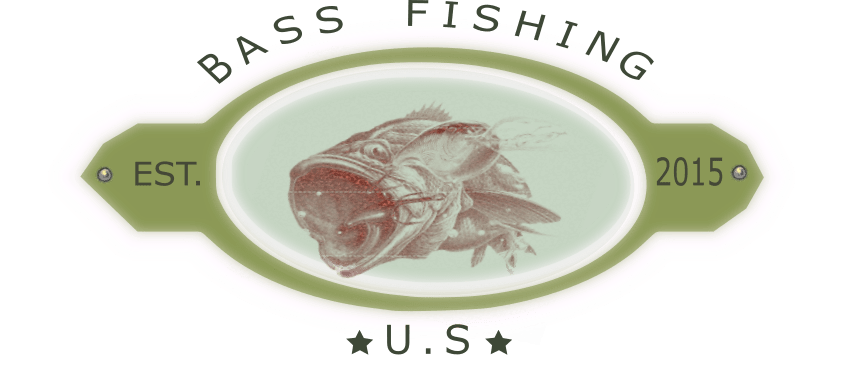
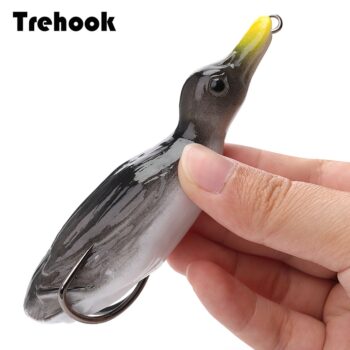
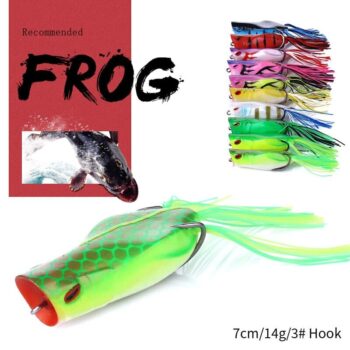
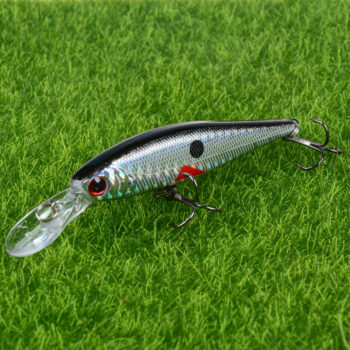
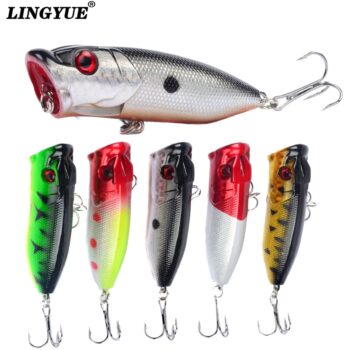
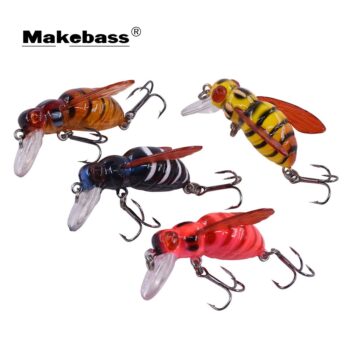
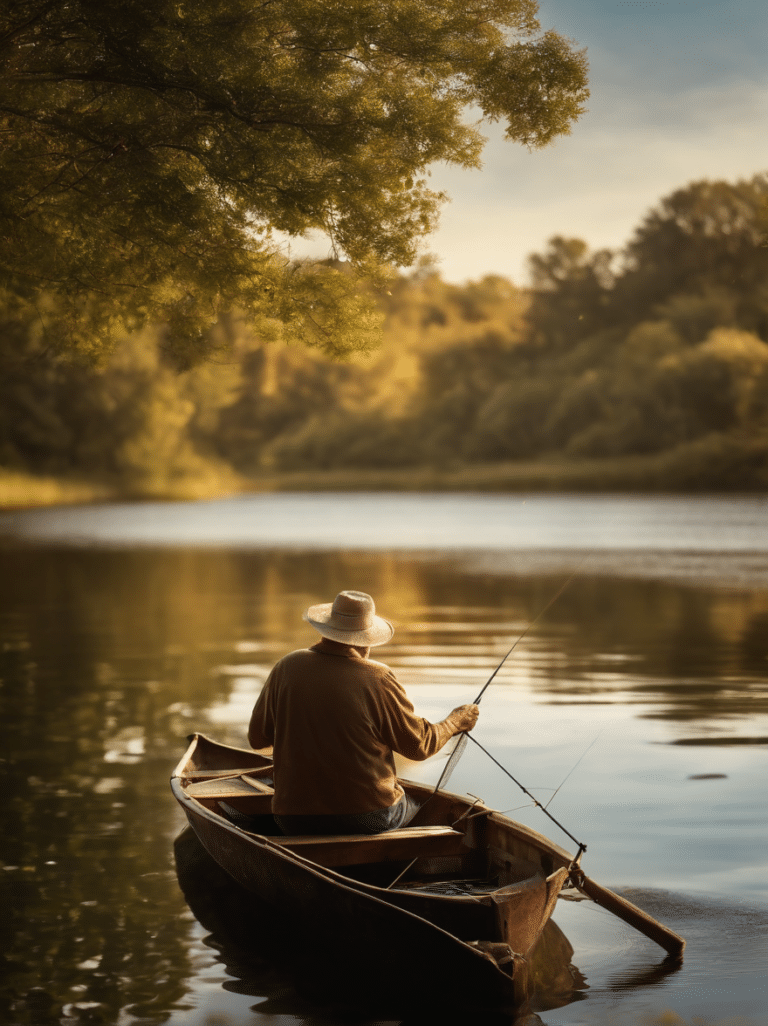

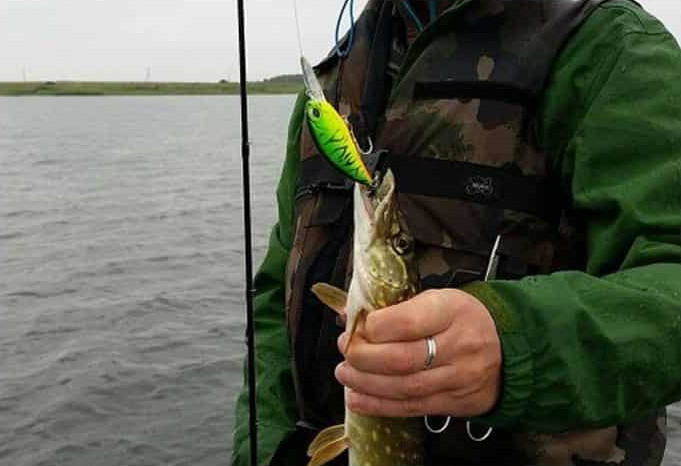
Leave a comment